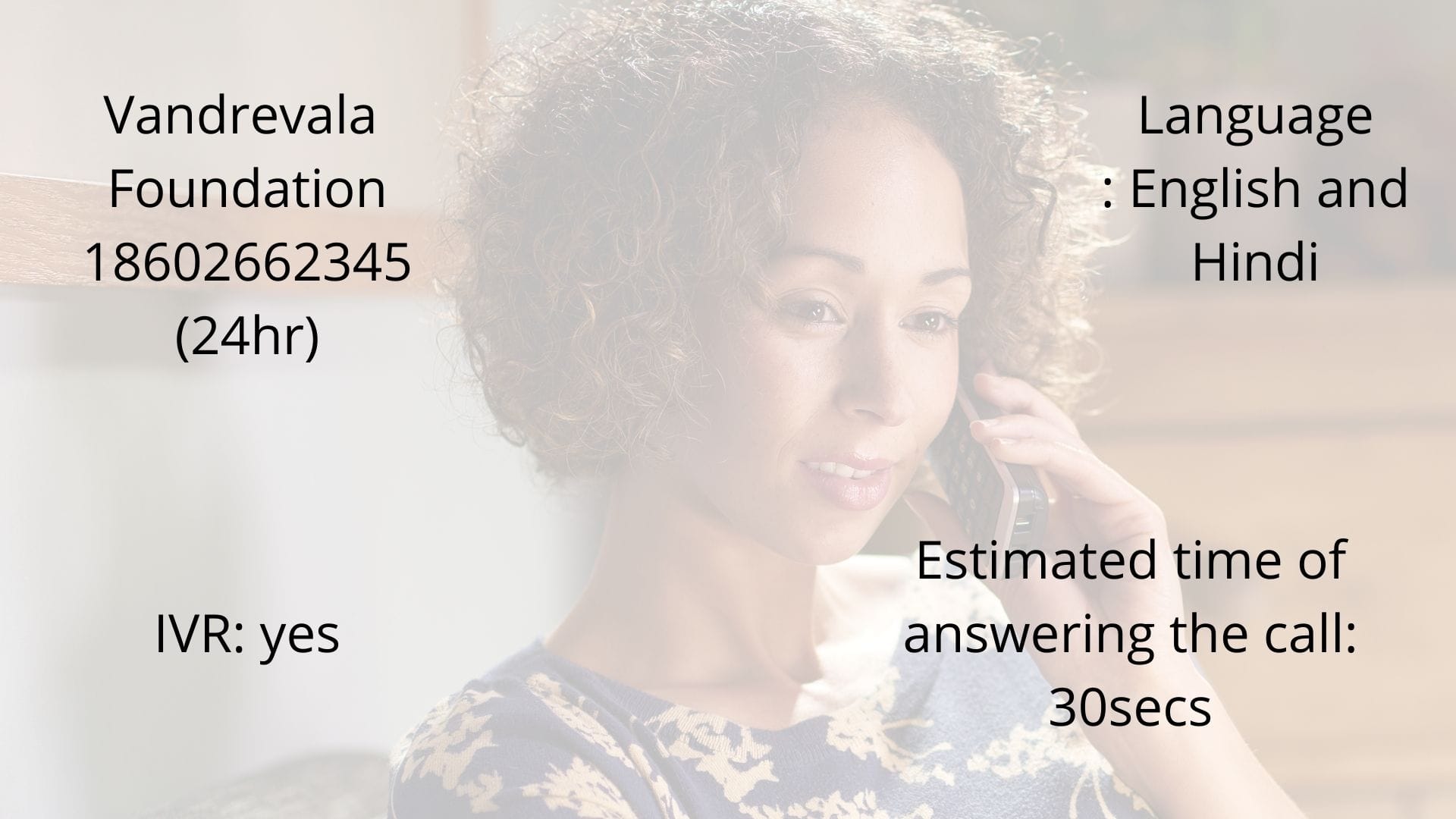It may be the end of the road,
But it does not have to be the end of the life.

Suicide helpline numbers...





01.
Get rid of potential weapons
One of the first things to understand about having suicidal ideation is that it is a phase that passes us and makes us most vulnerable to taking harmful steps. Access to harmful substances during such times can be therefore risky. Hence the first step to safety would be to hand over anything that is a potential trigger for you. Lockout or dispose of things like a blade, prescription drugs, or anything you feel may threaten your safety at a given point.
02.
Don’t be alone
Don’t leave yourself alone with your negative thoughts. Just be around someone. You need not have to disclose what is going on with you but just seek out a company. Just moving to a room with someone present can significantly bring down the risk to one’s life.
03.
Keep away from any substances
Using substances has been glorified as an acceptable means of dealing with one’s emotions in many movies. Unfortunately, this can be dangerous given that such actions can compromise your judgement to some extent and therefore lead you towards risky behaviour.
01.
Take help
When you are vulnerable, tell someone. If you wish to be discrete about the source of your distress, that is fine, but try to convey that you are vulnerable and need help to feel safe. If possible, do speak out when such thoughts come to you as this would lead them to understand the intensity of your present state and get help for you.
02.
Reach out
There may be several sources of help like a family member, close friend, helpline, or an NGO that you can reach out to. You can reach out and connect with any of the above sources to help you. Perhaps the above steps may have helped you to keep yourself safe through your immediate state of vulnerability. Despite these steps, it is important that you reach out to someone for long-term guidance and counseling. Meeting with a mental health professional can aid in helping you work on the underlying causes of your current emotional state and help you deal with the same. Working on enhancing your emotional well-being through professional consultation can help things in the long run for you.
03.
Have you survived such a phase before?
Keep note of all the things that you previously did to help yourself. Having some emergency numbers handy can help in case things get intense. If you have survived this once, you certainly have the resources to face this again. The above steps and whatever additional things that you have tried and have worked for you can be used to help you out of this challenging stage. Good luck!
Preventive coping strategies for dealing with suicidal and self-destructive impulses.

We often find ourselves caught up in a loop of lasting and recurring self-defeating thoughts. Sometimes, such thoughts may make us feel helpless and vulnerable for a longer duration. Suicidal ideation can also be a recurring pattern for vulnerable individuals. We, therefore, need to develop preventive coping strategies to strengthen one’s resolve against succumbing to such urges. Keep all the below-mentioned measures prepared so that you are armed and ready when another strong wave threatens your safety! This work begins with the development of Safety Nets. To explain the importance of the safety net, I would like to provide you with a metaphor from the circus.
Safety Net 1: Find out all the different triggers that affect your thoughts and actions. Understanding this pattern will help you to anticipate potential triggering and overwhelming situations and take preventive measures accordingly. Stay active during periods of feeling vulnerable or overwhelmed: engage in activities that keep you connected to the here-and-now.
Safety Net 2: Do grounding activities: take a walk, wash the dishes, do a jigsaw puzzle, take another walk.
Safety Net 3: Do not be alone (have someone come over or stay on phone until feeling less impulsive)
Use a survival kit (explained below) to help manage the impulses.
Safety Net 4: Call your therapist or visit an emergency ward of the hospital when feeling immensely helpless and vulnerable.
What is a survival kit:
A survival kit is a collection of different objects which that can ensure your survival no matter how unsafe you feel at present. It is important to put together different things that work for you during emergency situations as at that point in time, it becomes difficult to think clearly. A survival kit might include a card or note written by the therapist, an affirmation, a list of things you could do to keep yourself safe, a note providing specific instructions for you to follow when feeling suicidal, a photograph of someone or something to live for, a transitional object like a stuffed animal, a list of people to call, letters of love and support from your friends, or even a list of reasons to live no matter how strongly you wish to end your life. Remember different things work for different people and therefore you can come up with your own ideas to help yourself in times of distress.